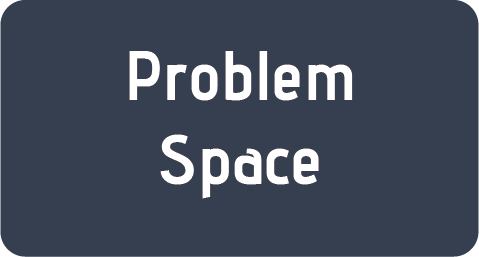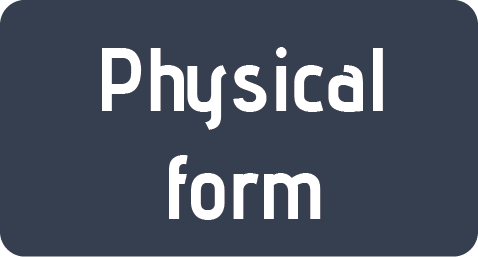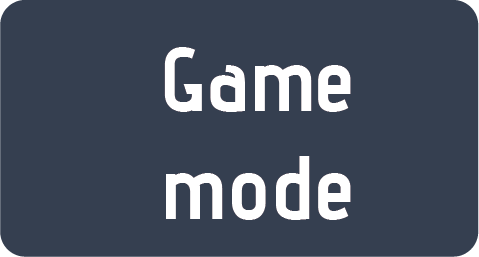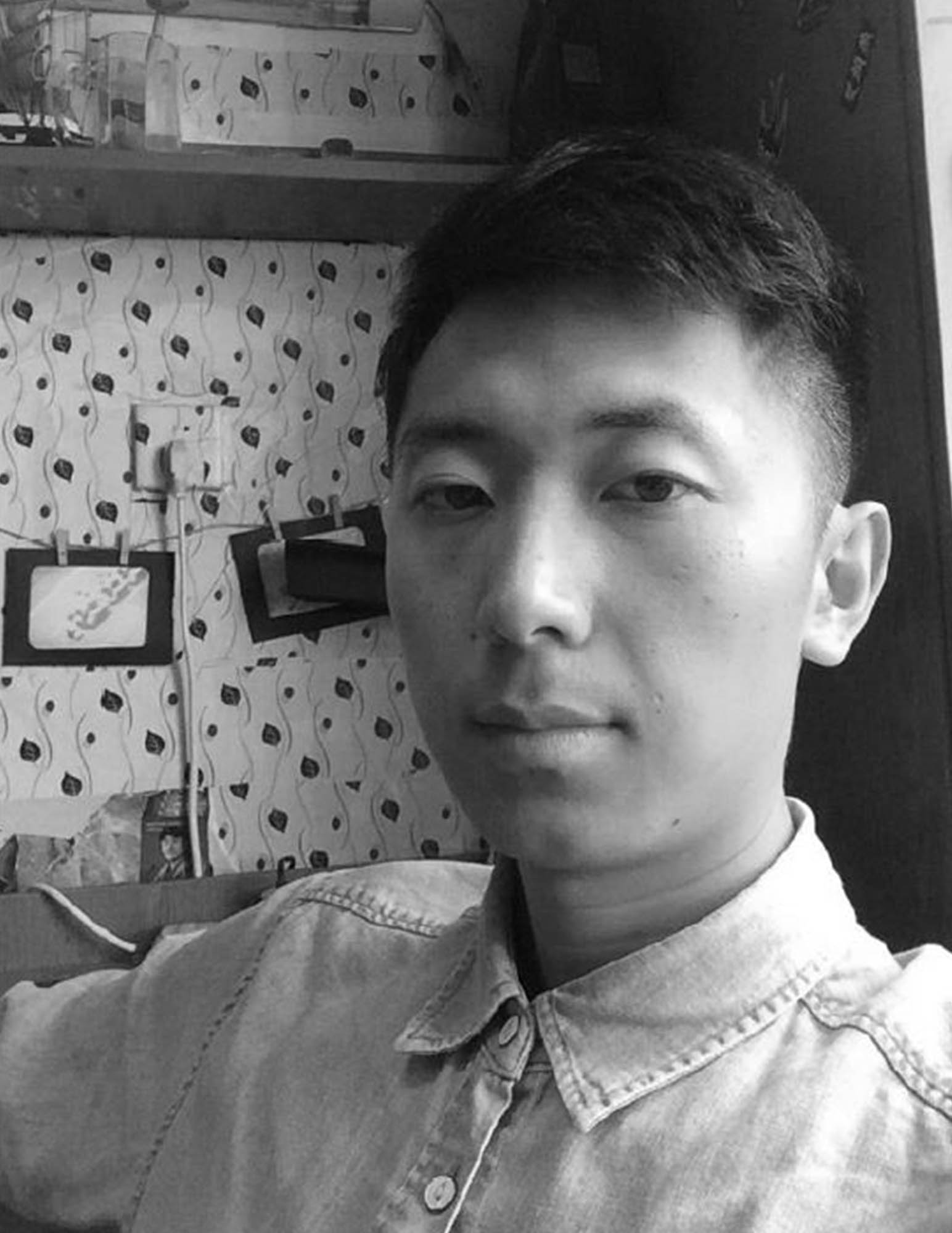
Phone number: 0417484714
E-mail: dddys1234@gmail.com

Problem Space
Housework is a daily thing people need to do, but most people have little motivation for it.
From the research,
we found that only less than 1/3 of the family is all engaged in housework, and
the others do it because they have to do.
So, we want to enhance the experience of housework with a collaborative ball
game , which is a method to “enhance mundane space”.
Zhuoran and I have been worked together on motivation problems. I focus on the
continuous motivation of doing housework, and her field is about teenagers‘
motivation for participating in the housework.
Continuous Motivation
The research shows that the participants always lose motivation after frequent housework, so we turn housework into a game to attract them. The game will provide them with collection goals and rankings, which can give them a goal to pursue, these will provide them with continuous motivation for doing housework.

The game is a team ball game that can be played while doing housework. On one hand, people can be motivated by the game, while we also hope to encourage all family members to join in the housework. This could also be a chance for people to communicate and bond.
In terms of individual work, I focus on the continuous motivation about doing housework. The form of the game is AR game. It requires players to put the device into google cardboard and put it on their heads, then pick up diverse housework tools to play the game.

It has three access to home-page: rank, start, and collection.

Intended Experience
The start access contains two modes: PvE and PvP. The part I am responsible for is the conversion of multiple monster types and sound effects.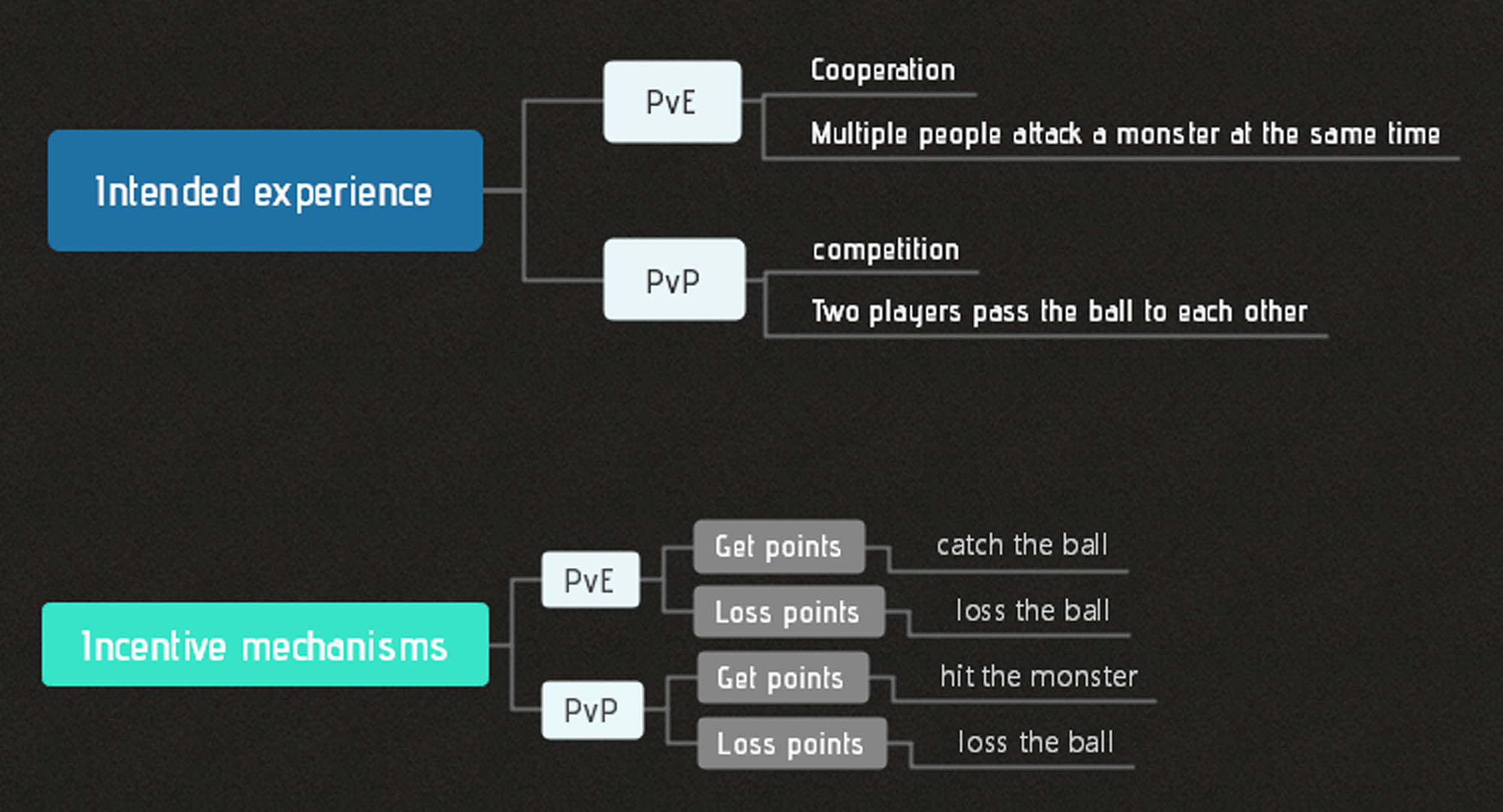
In PvE mode, players need to hit the water ball against the monster to make them clean. In order to stimulate the player's continuous motivation, I also added a variety of monster styles and sound effects in this mode. When the player finishes cleaning one of the monsters, another monster will be loaded.

In addition, each monster has five different sanitary states, which will change as the game progresses.Through the monster's gradually clean appearance, players can clearly perceive that their labor is effective. This sense of accomplishment will provide players with the motivation to continue playing.
The sound effects of the hitting can be set by the player himself, such as the sound of the collision between the ball and the racket, the sound of the collision between the ball and the monster, and the sound of the missed catch.
In PvP mode, players need to react quickly to hit the ball and the points will be allocated according to the outcome.
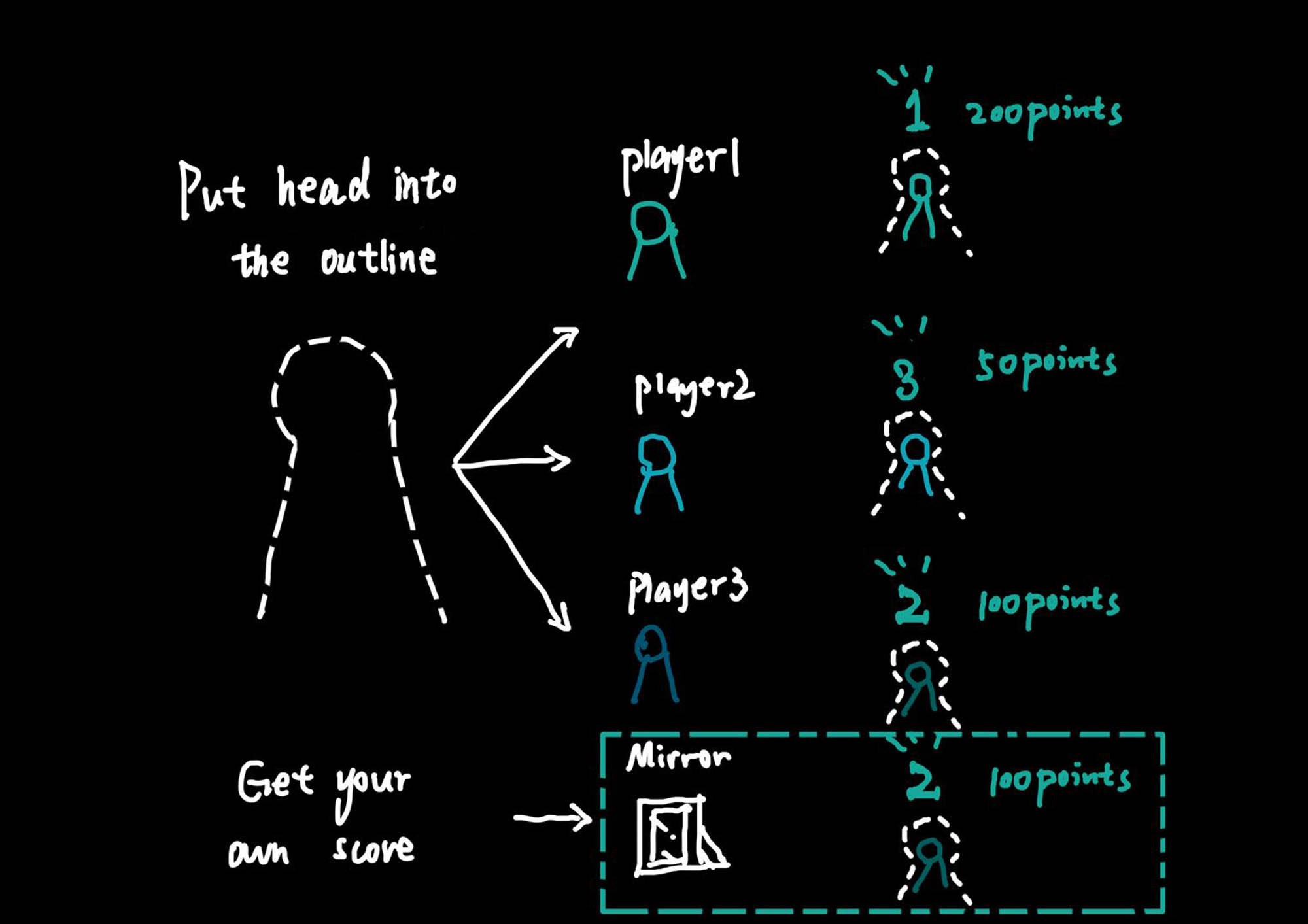
I'm also responsible for rank and collection system. In the rank system, players can see the others' rank by scanning faces. The ranking is displayed on top of the player's head.

The collection system can provide game items to assist the game. Game items can be obtained by scanning daily items (such as the appearance and voice of the ball), rewarded by game and continuous check-in(such as rdeucer and accelarator).
All items will be displayed in the collection access , and players can pick up the item to see if they have already acquired it. If the item is already acquired, it can be added to the game , such as the appearance of the ball. This system makes the game more exploratory and provides players with more continuous motivation.
Interaction Flow
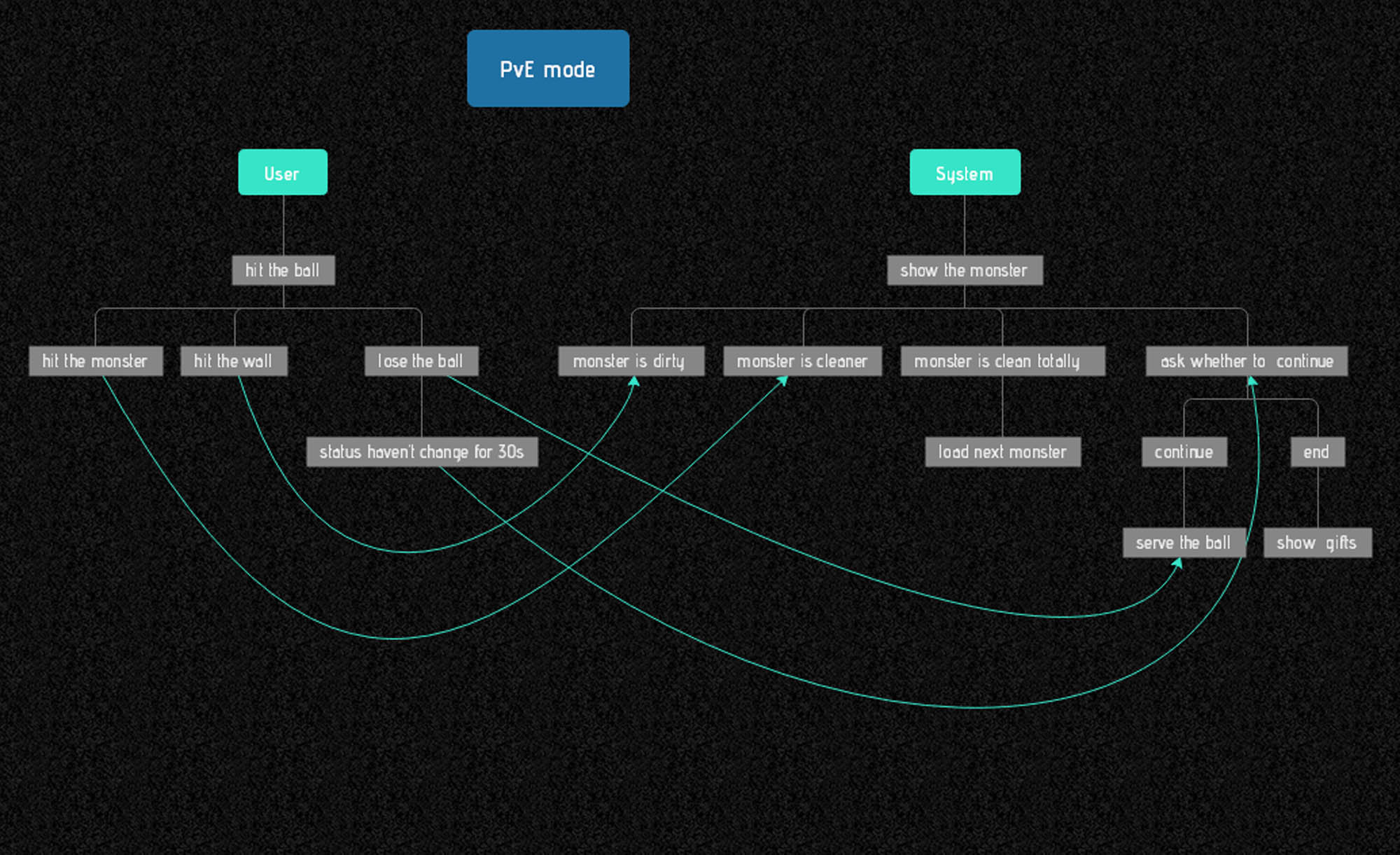
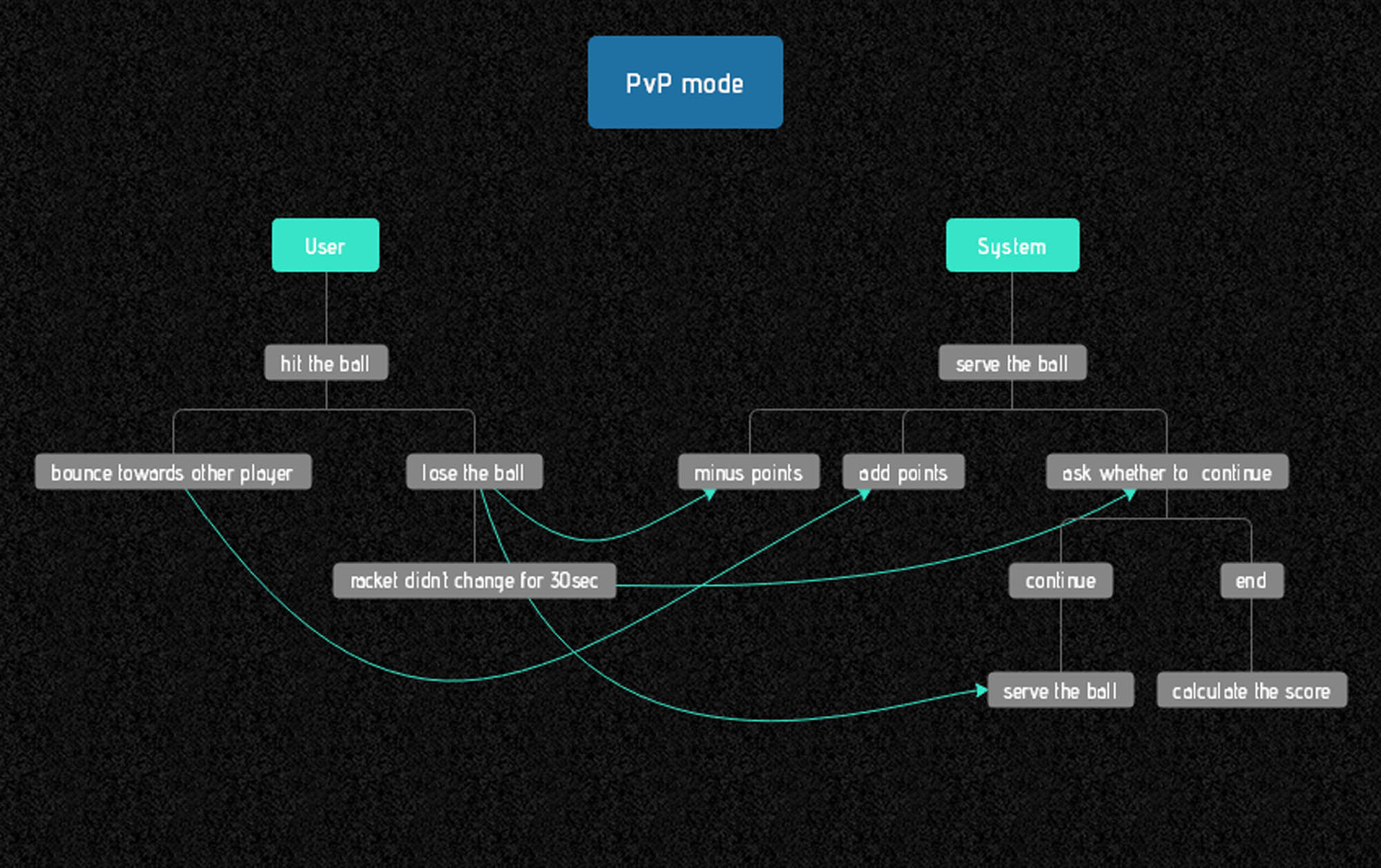
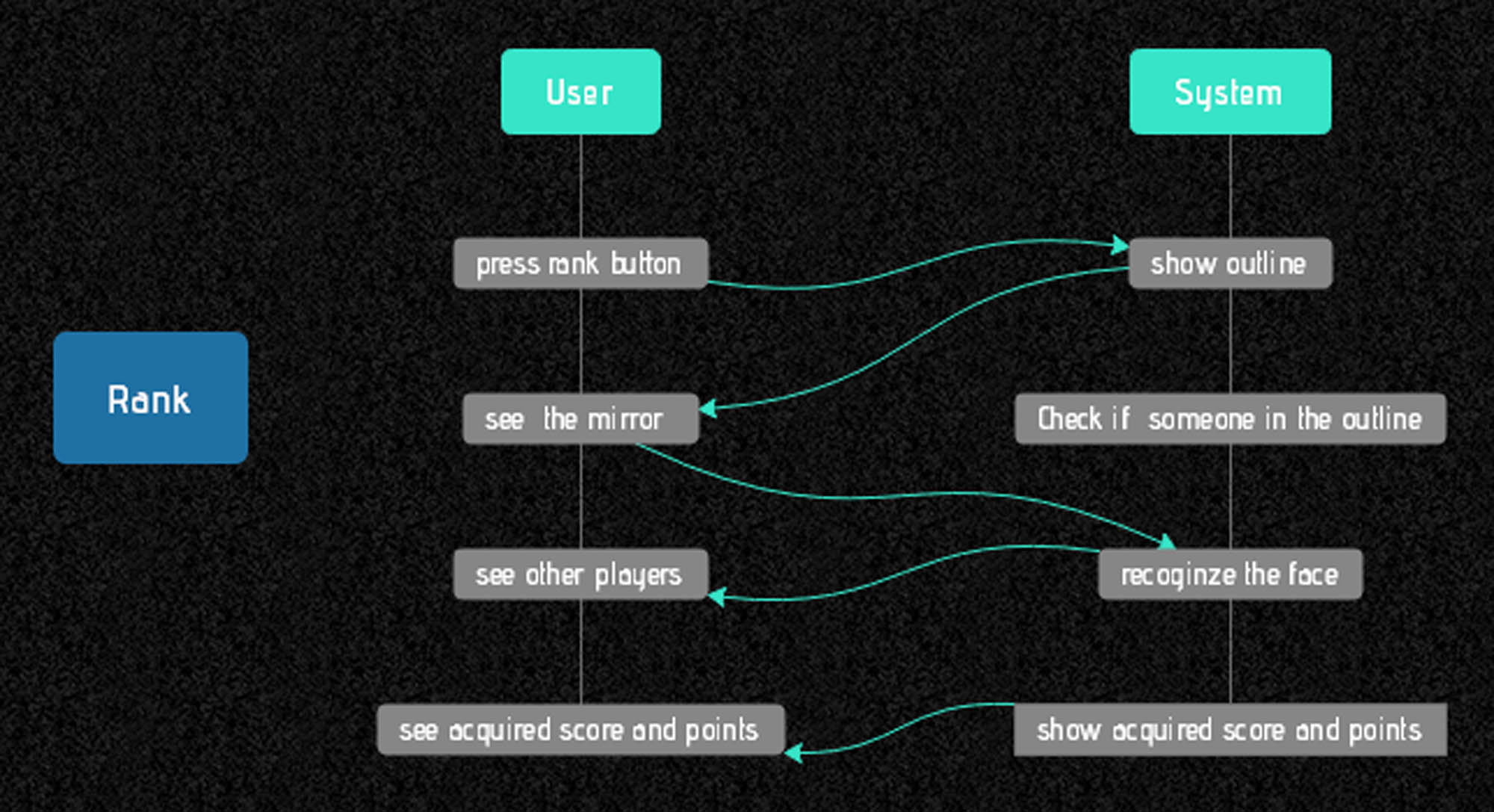
The acquired items can be used in the game, such as the items from the monster in pve/the daily check-in/scan items.
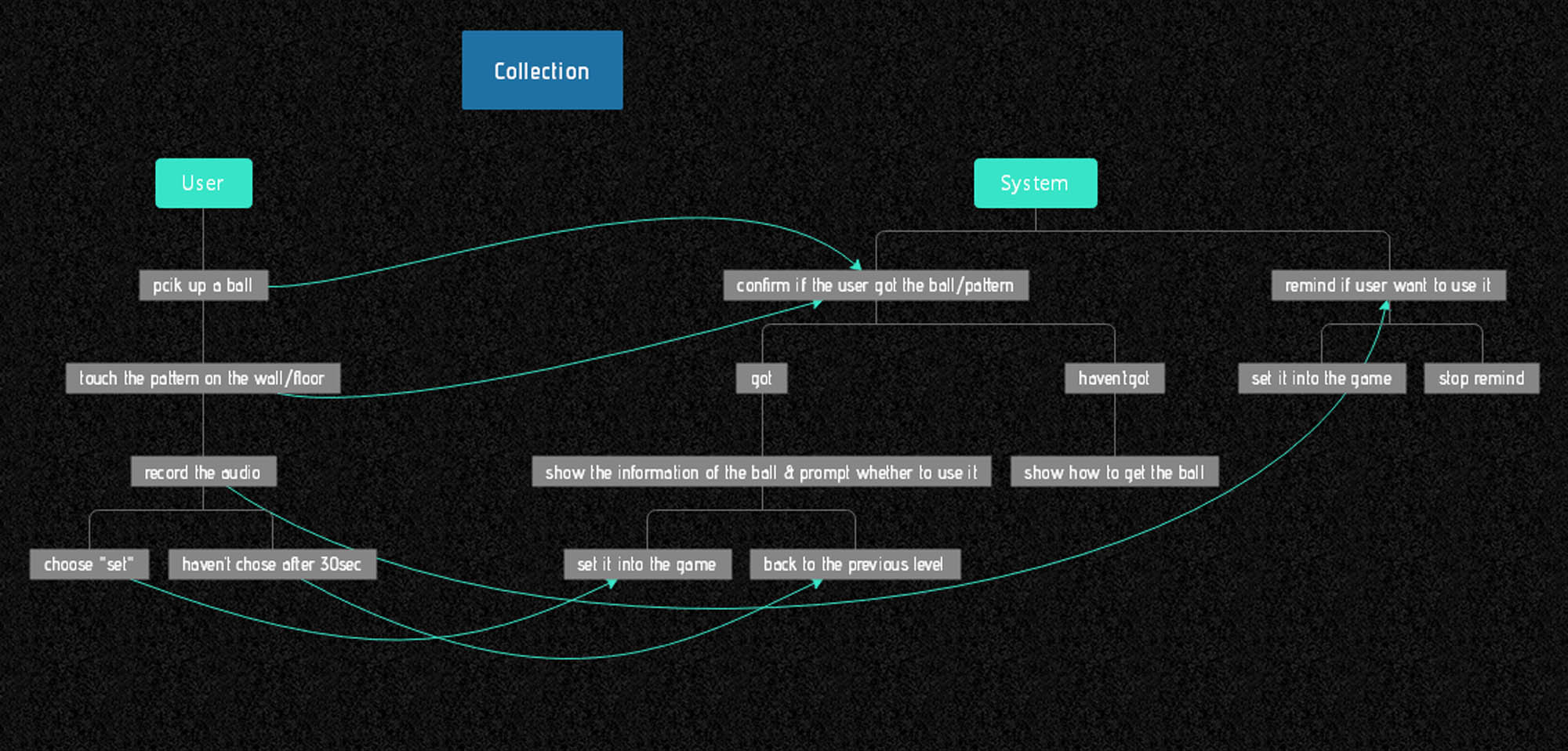
Physical Demo
This vedio mainly demonstrate the start access. Players can use mop to play games with the help of unity and vuforia. In this part, we used simulated functionality because we could not transform the real-time game view into an AR, so we used a computer screen to display the game scene. Please see Physical Form for details.
Home Page
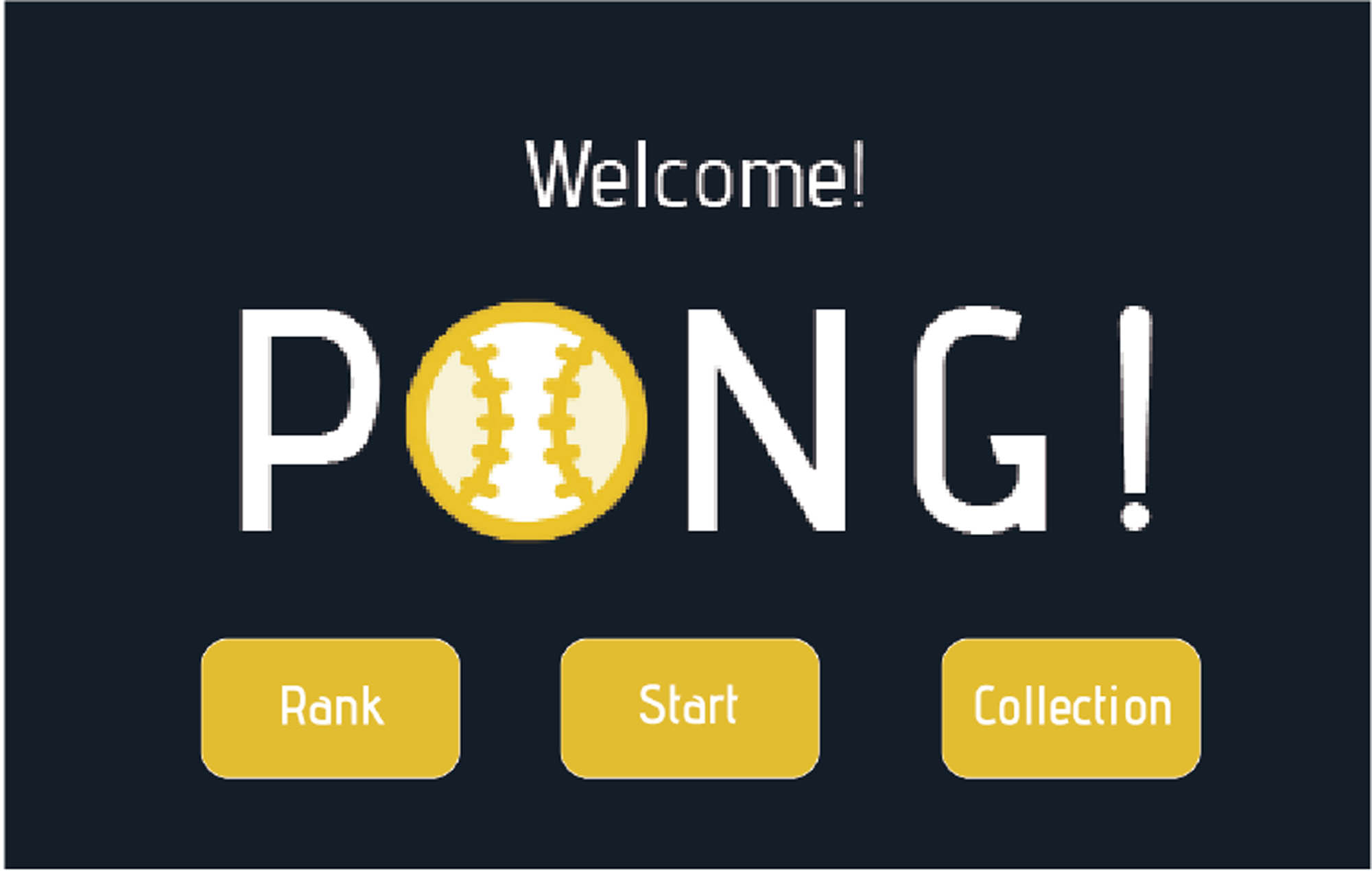
The homepage realizes the jump of three pages (rank, start, collection). All basic elements can be accessed from this page.
However, the players cannot return to the home page from the secondary page . This resulted in the three systems not being well connected.
In addition, since the device cannot recognize 3D scenes, we used photos of real scenes to simulate the function . The player need to enter the main interface by scanning this photo.
Rank system
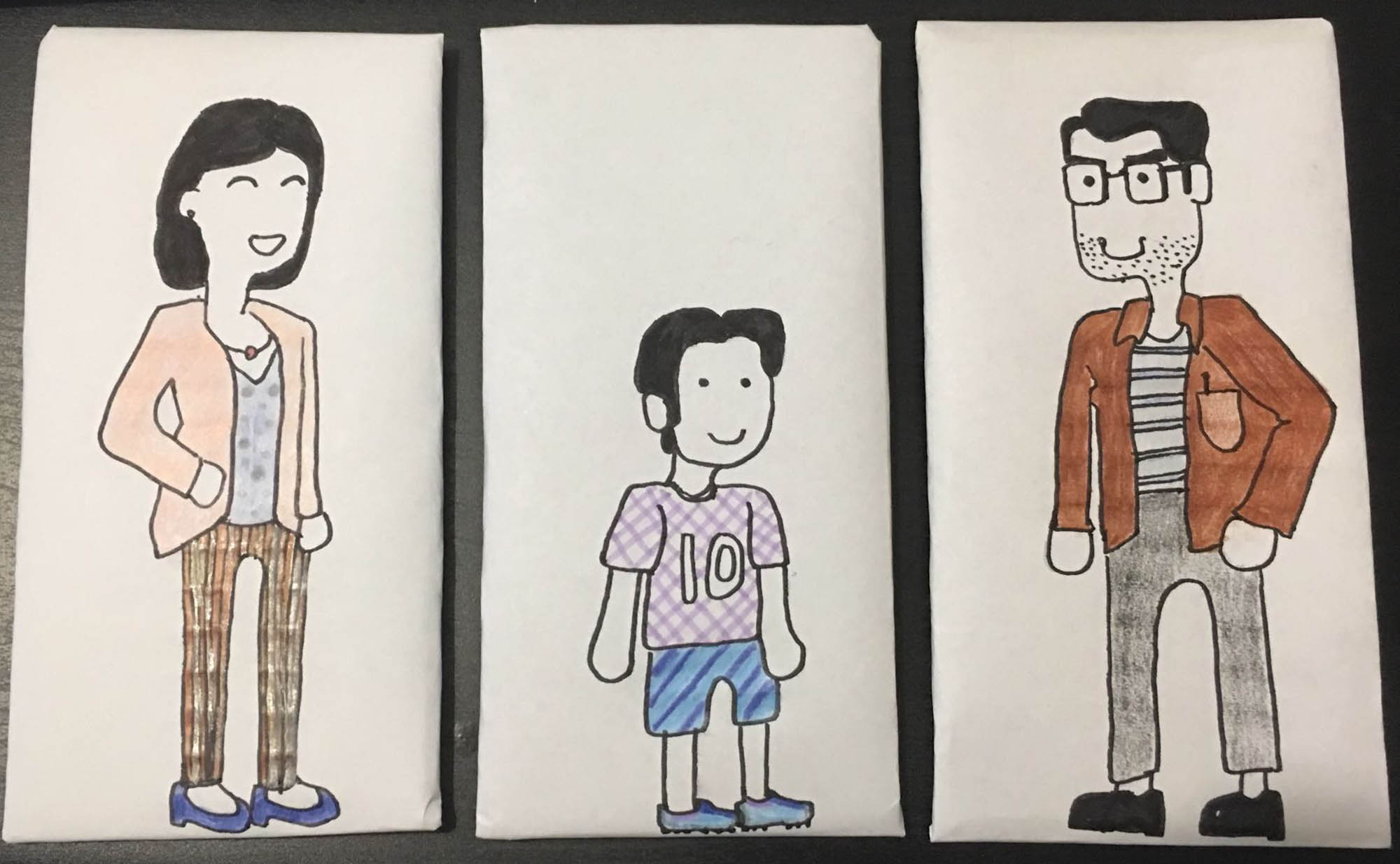
Collection system
However, there are still some functions that are not implemented.
Due to the limited scope of the scene and too much items , the player will cause accidental touches when picking up the item, the sensitivity cannot be ensured, so the function of checking the status of the item is not implemented actually.
In addition, because the three scenes cannot be related to each other, it is impossible to add items to the game. Players also cannot obtain game props through continuous check-in, but they can obtain them through start access.
Start access
In addition, the game needs to use the accelerometer in the mobile phone to sense the amplitude of the player's tool movement. So the idea of using multiple tools to play the game was not realized . In addition, because the mobile phone needs to be connected to the computer with a data cable, the accelerometer data is transmitted through unity remote5, so the action range is limited.
The different stylesand sanitary condition of monsters, sound effects such as the collision sound between the ball and the racket, the collision sound between the ball and the monster, and the missed catch sound are all realized.
However, I did not find a simple operation method for players to quickly set their own sound effects into the game.
The PvP mode was not realized, because in the PvP mode, the sensitivity of the ball is too high , and there is almost no game experience. In addition, this model requires 4 mobile phones , and it is difficult to find so many devices in some two-person households.
I worked with Zhuoran on the unity part. I mentioned a little about her work, and it more detailed information can be accessed through the links in the article.
Physical Form
We used the combination of tools in the figure below to build the prototype.

Data Transmission
As shown in the figure above, the data transmitted to unity is to sense the motion state of the mop through the accelerometer in the mobile phone firstly, and then convert unity remote5 to perform data conversion.
Regarding the process of data transmission to vuforia, we used the iVCam software to identify the target image. This software allows users to use mobile phones as webcams. In unity, the user changes the iVCam to vuforia's video source through the options in the AR camera (as shown below).
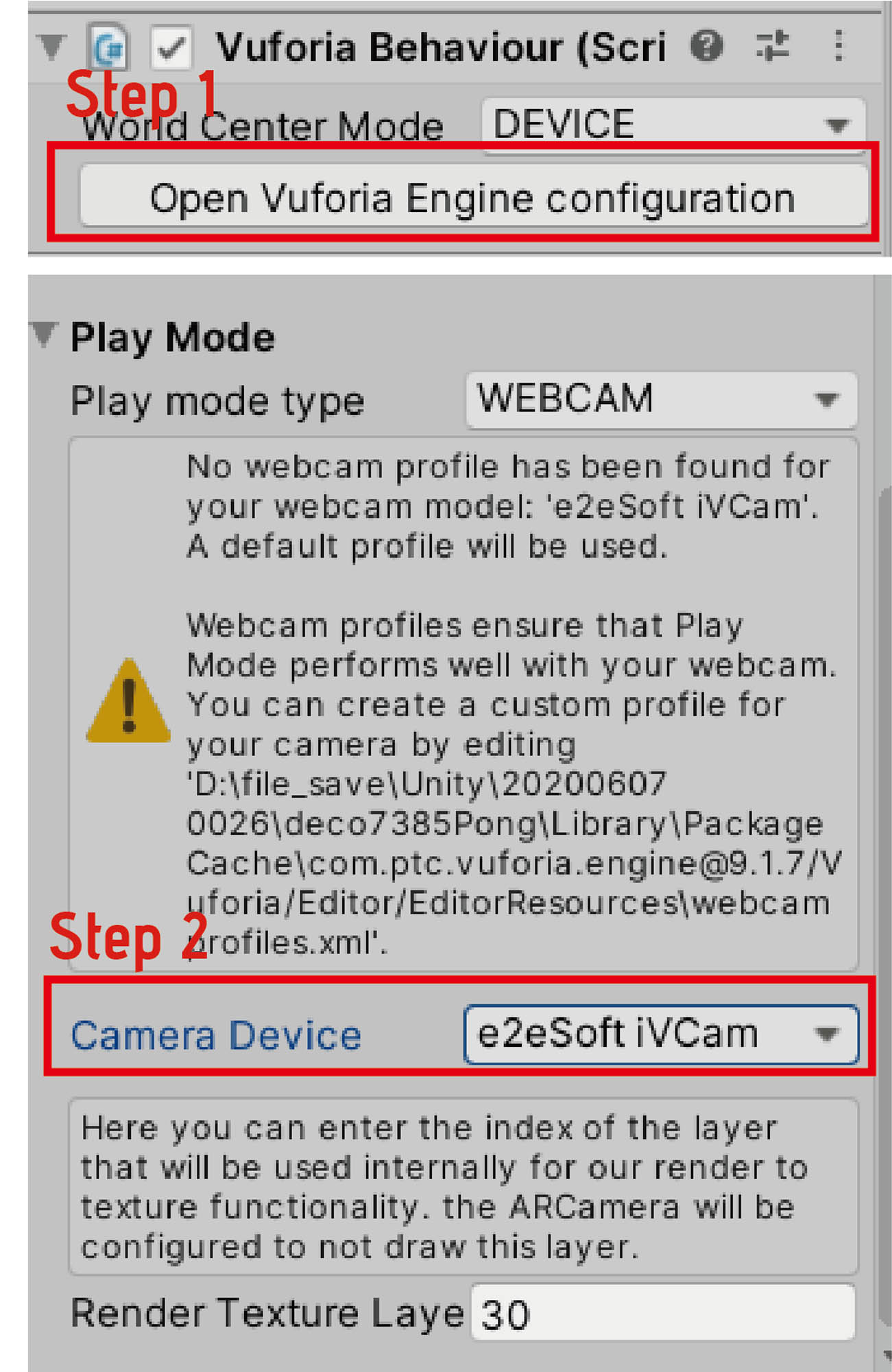
Home Page
The main element in the home page is the virtual button . As shown in the figure above, the virtual button is invisible. It can set appearance by add pictures below it. Then in the vuforia screen, the effect of scene transition can be achieved by blocking it by hand.
Because when the button is blocked, OnButtonPressed events are triggered. By judging this state and combining the function "SceneManager.LoadScene("sceneName")", the scene transition can be realized. (check Zhuoran's work for detail about scene transition).
In addition, the sensitivity of the virtual button needs to be set to high, which will be faster in actual operation.
Start Access
In this part, I designed three monster styles, and each monster was designed with five hygienic states(details in figure below).

The monster's five hygienic states change as the player hits it. This state change is achieved by switching five different monster pictures. The specific code is shown below.
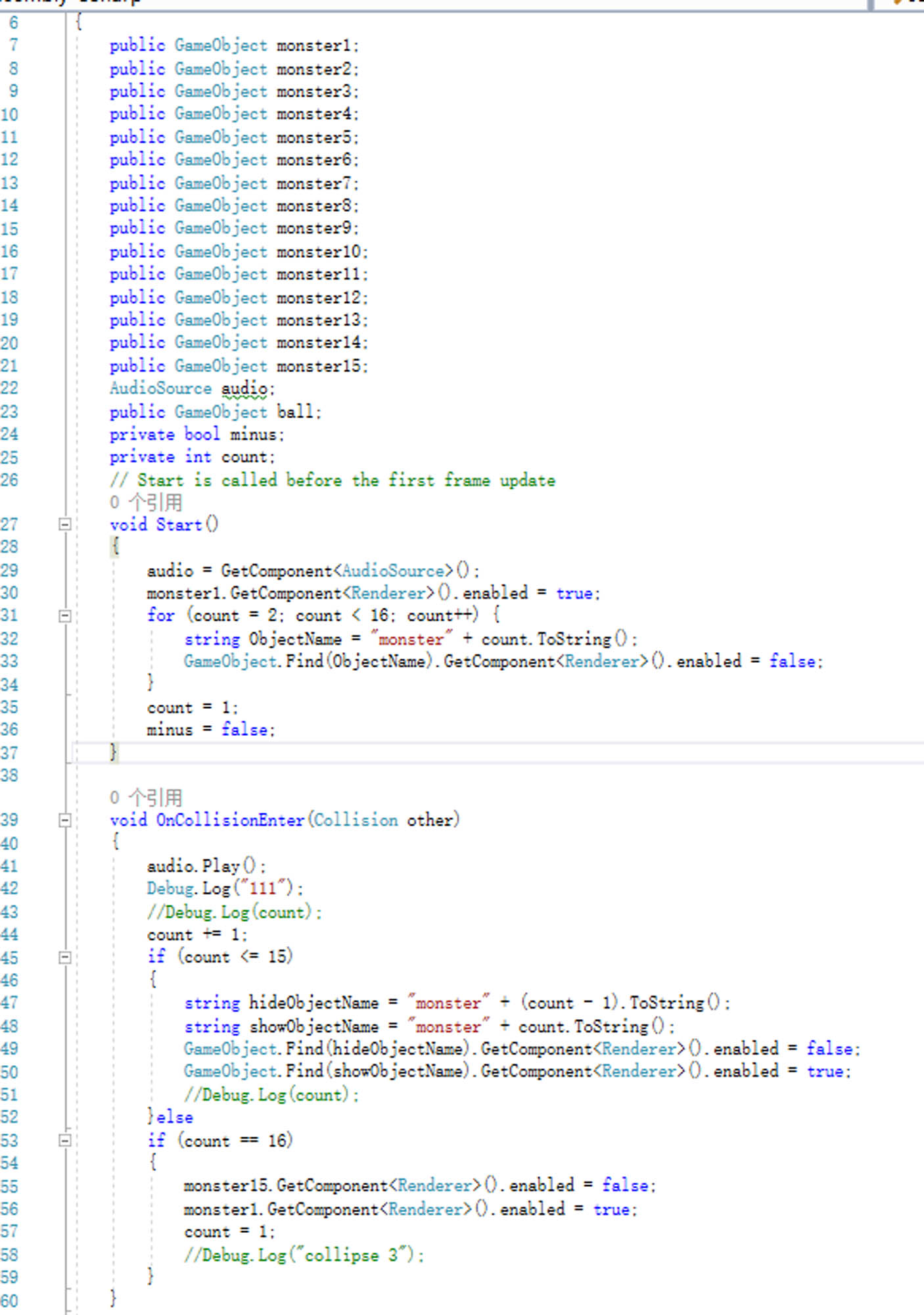
The core of the monster state switch is

This code controls whether the monster is displayed. When the monster disappears, the object is still in the scene, but it is invisible. Using this feature, we can make monsters disappear and appear repeatedly.
In the initial state, all states except the first state default to false (not displayed). When the monster is struck for the first time, the status of the second monster becomes true and the others are false. The subsequent switching is performed by If Statements in turn. In fact, every time the player hits the first monster, because it is at the front, so every judged collision is caused by it.
When the player cleans a monster completely, it counts down 3 seconds(check Zhuoran's work for detail) and loads another monster.
Audio
There are three kinds of sounds in the scene. The sound of the racket hitting the ball, the sound of missing the ball and the sound of the ball hitting the monster.
The core function of sound playback is "audio.Play()" .At beginning, the audio file needs to be combined with the object that needs to sound.

The audio played when the racket hits the ball mainly rely on it. It also use the "OnCollisionEnter" method.
To play sounds when hit the monsters, collision judgment is also required. When detecting whether the ball is bounced by a racket or a monster through the "OnCollisionEnter" function, if an impact is detected, the sound is played at the same time.
The sound played when player miss the ball is determined by the distance between the ball and the racket. When a ball hitting an object on the racket is detected, a sound is played.

As is shown above, if the ball exceeds the bottom line of the racket , it can be judged as miss the ball, and the sound of the missing ball is played at this time.
End of the game
When the user keeps the mop still for a while and the accelerator can't feel the movement, the option to continue or end will pop up. At this time, if the player chooses to shake the mop vigorously, they can continue the game; if they choose to shake the mop gently, the game ends.
After selecting the end option, a picture of the monster giving a gift will pop up. The display of this picture is also achieved with the renderer function. The initial rebderer state is set to false, and the if statement is used to determine whether to change the state to true. The specific code is shown in the following figure.
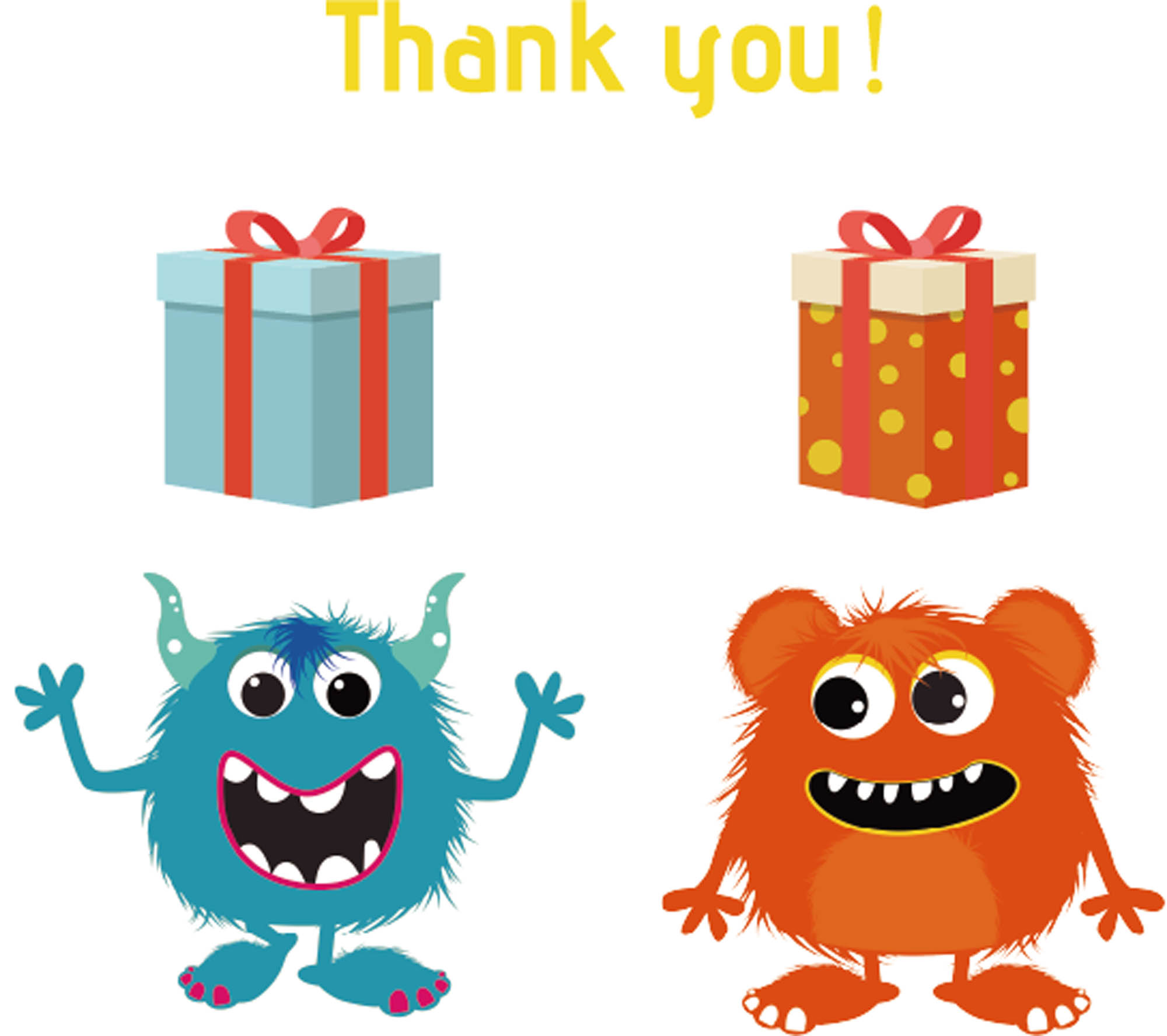

Collection
target image
In this part, I did not use too much interactive code. I mainly use the target image function in vuforia. I uploaded the target picture to vuforia website firstly, and then download and import the database. It is worth mentioning that objects with more feature points are easier to be recognized, so the uploaded image should be as complicated as possible. The method of using target image is shown in the figure below.
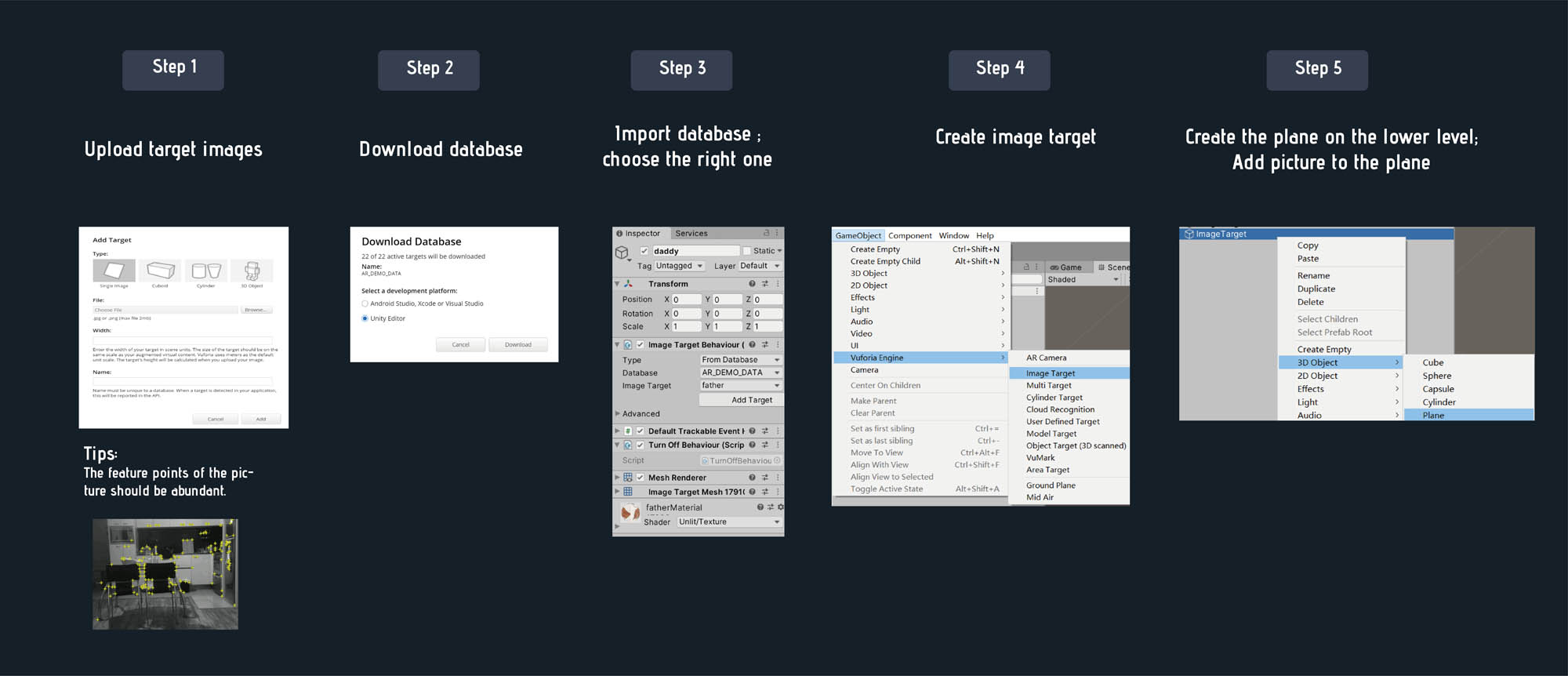
After uploading, the image target list will be updated, and the plane can be given a new target image. Then, in the target image, I create a new object below the level. This object is the picture that will appear when the camera scans the target image, such as the player's image.
Rank
The realization of the main function of this access also depends on the target image. Its using method is the same as the collection system. The difference is that I replaced the image target with a picture of a family member and the picture below image target is changed into the rank number.The change can be seen below.

From Projector
The entire design process has gone through four iterations. Initially, we used a projector, because we hope players can do housework in a free environment. We tried to make the projector with cardboard and magnifying glass, but we found that it has many limitations.

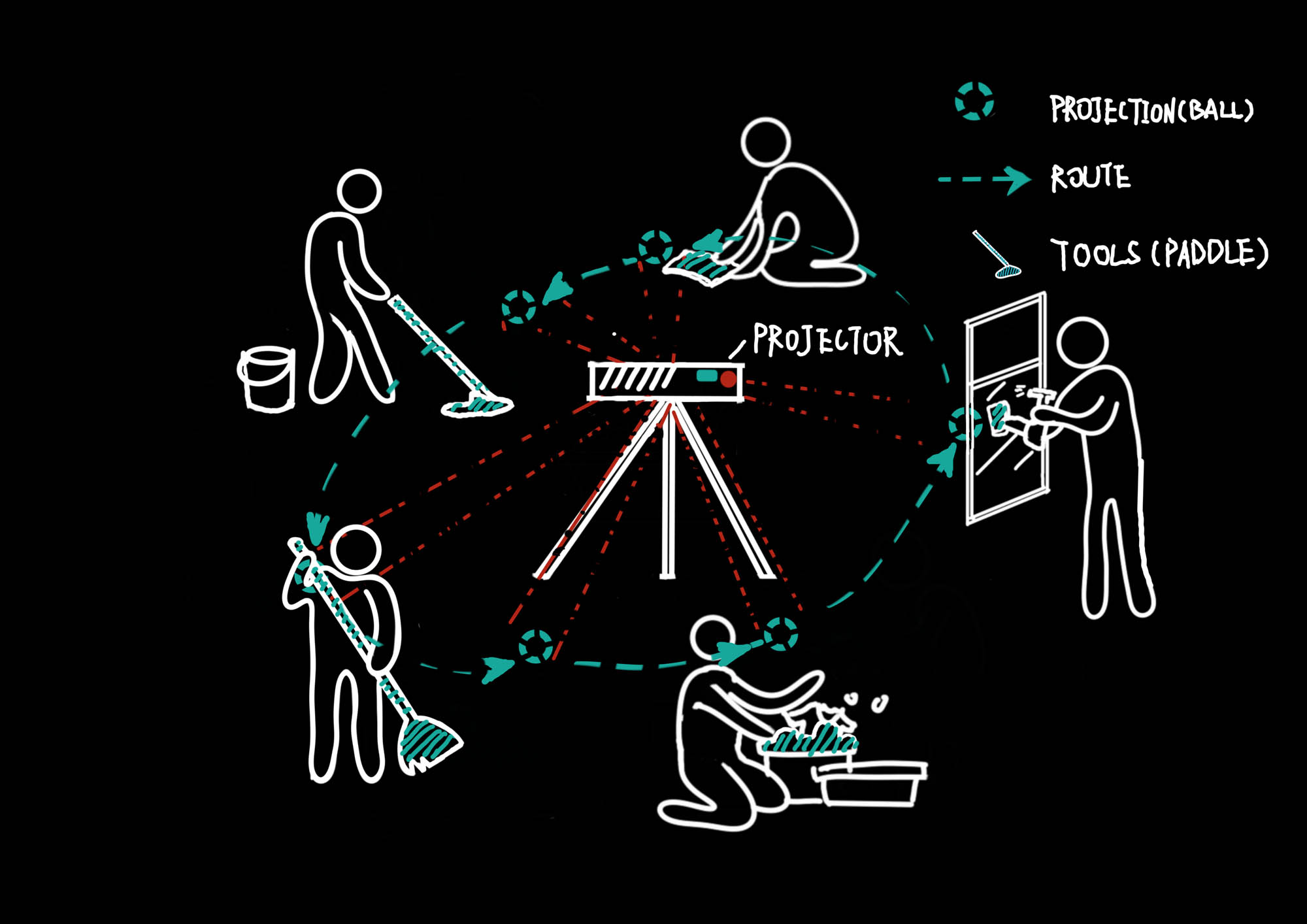
When we project the picture on the wall at a close distance, the picture is clear enough for users to use.
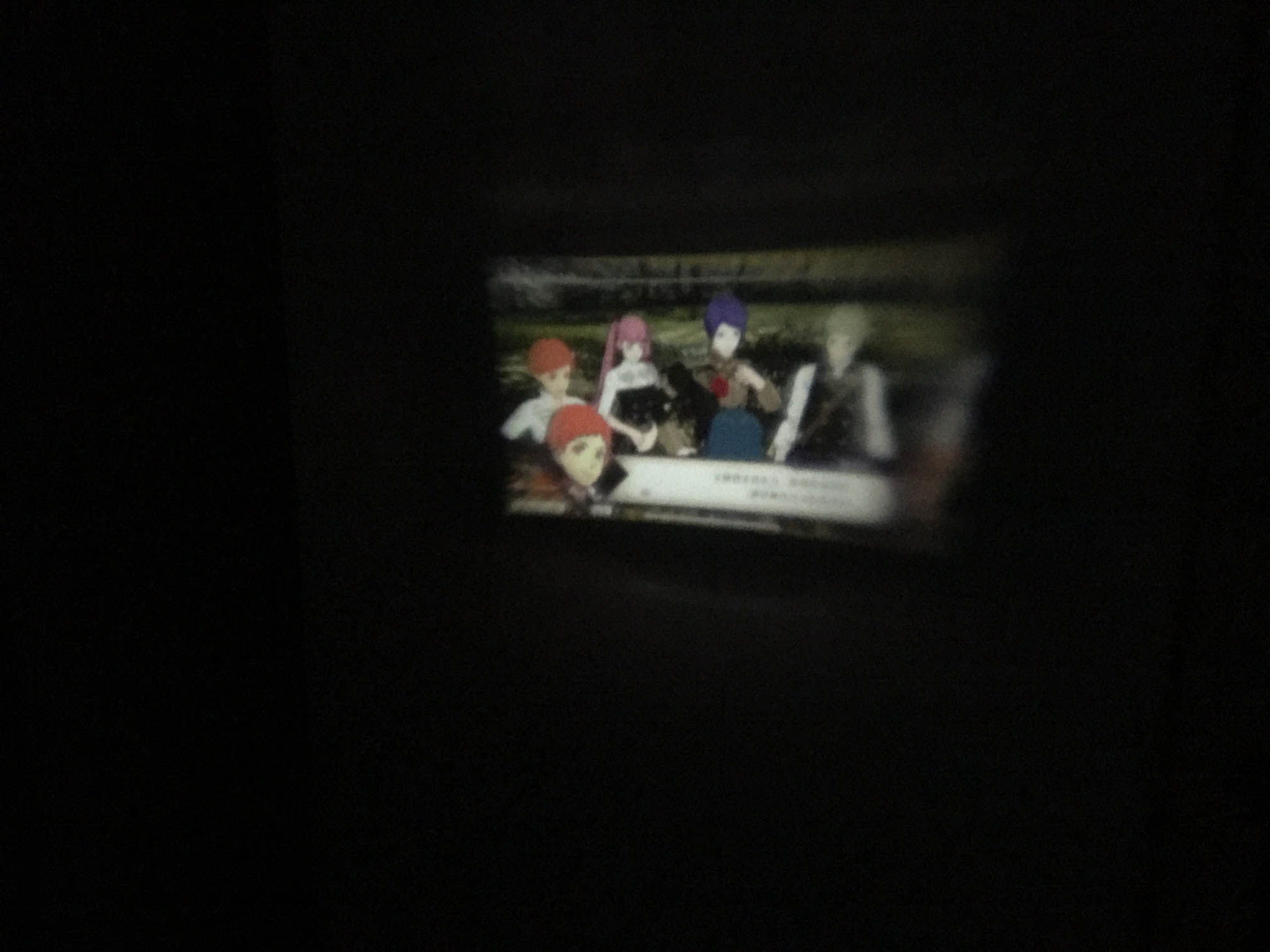
When the projector is far away from the wall, the picture will be blurred.
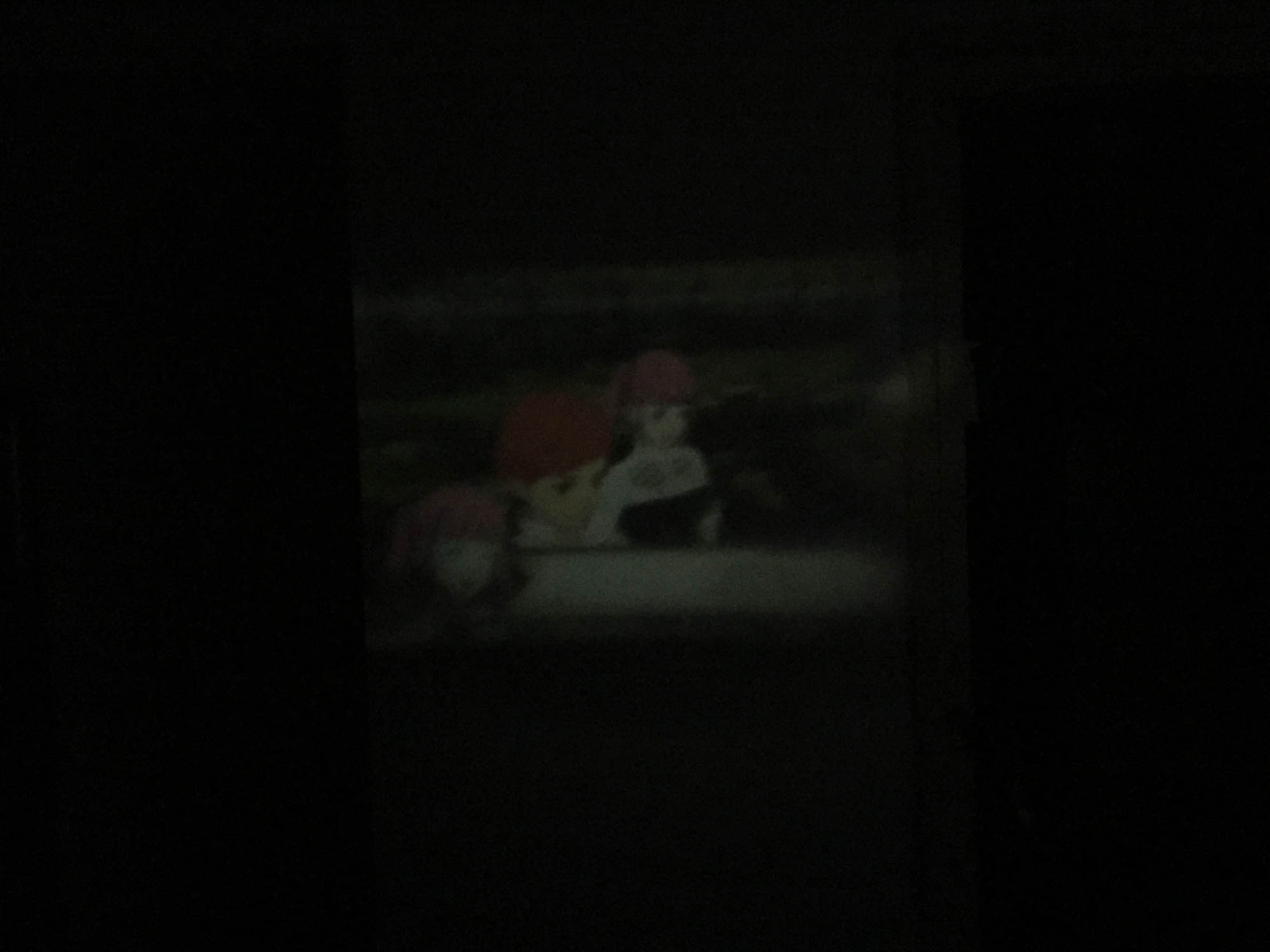
Moreover, when the light becomes strong, the picture nearly cannot show on the wall and the game can not run.
In the second iteration, we chose AR because it is more portable and not affected by light. However, we found during the test that the target image is easily lost. Repeated scanning of the target image greatly affects the game experience and will not play a role in assisting housework.
In the third iteration, we re-selected the projector, hoping that it can overcome the previous shortcomings. This time we optimized the lens and projector box and combined it with arduino's radar module. But we are not sure whether to install it on the tool or on the wall. The arduino must be connected by wire, so if it is installed on the tool, it will hinder the housework; if it is installed on the wall, the scope of the housework will become very limited. So we gave up this plan finally.
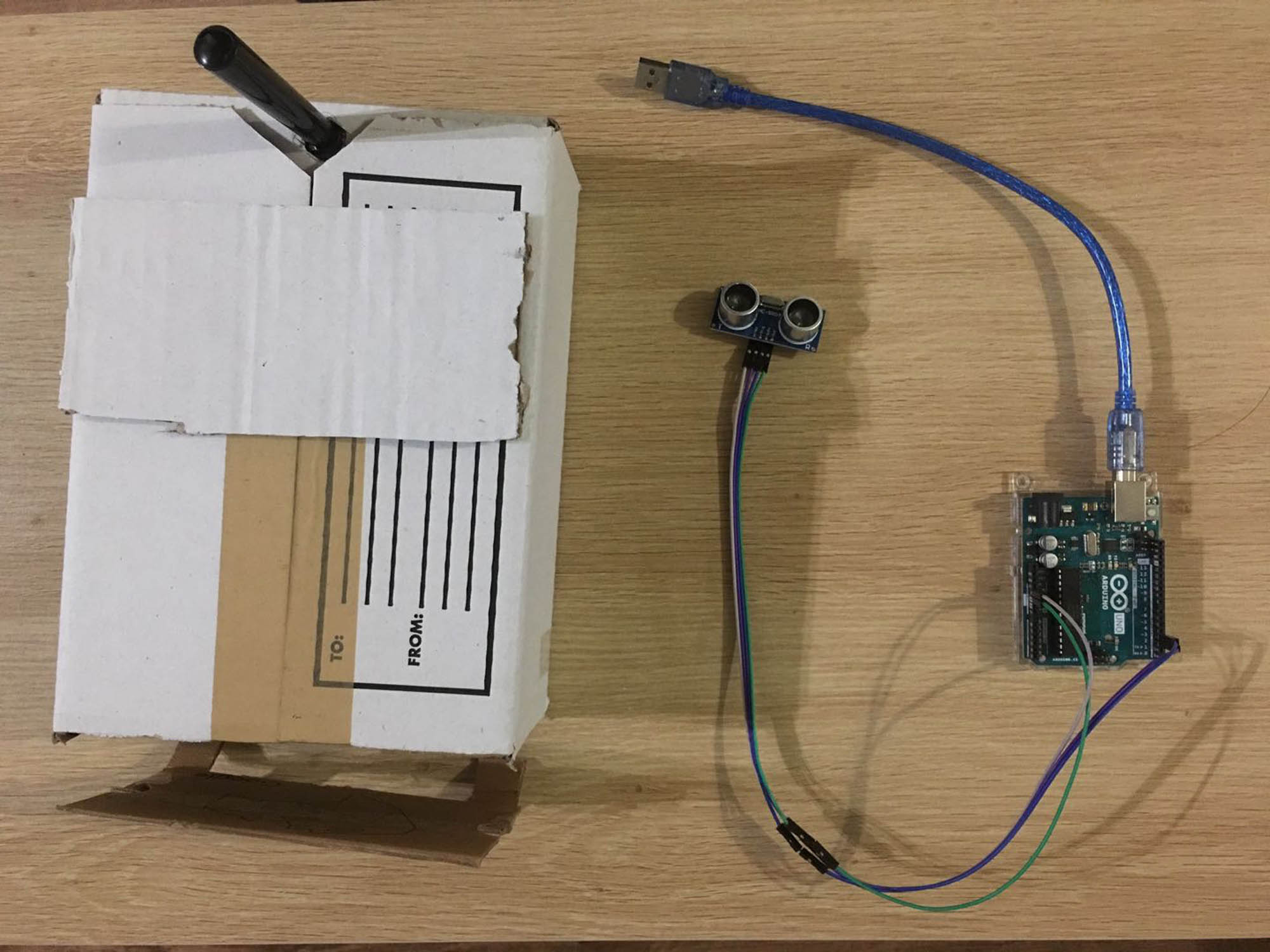
We spent some time observing the methods of mopping that users often use, and found that the way of mopping the ground is easier for players to interact with, because its swing amplitude is easier to control and the values are easier to read.
In addition, we can let the player wipe the ground hard through the settings of the game to achieve the purpose of assisting with housework. Therefore, in the fourth iteration, we used a combination of accelerator and AR glasses.
Interface

In the initial version, we did not fully consider the characteristics of the AR game and almost completely follow the direction of mobile games. When testing this version, we found that the interaction was so complicated that players couldn't quickly obtain the desired information in the game. For example, in this version, we enter the main menu through the trophy icon on the home page.
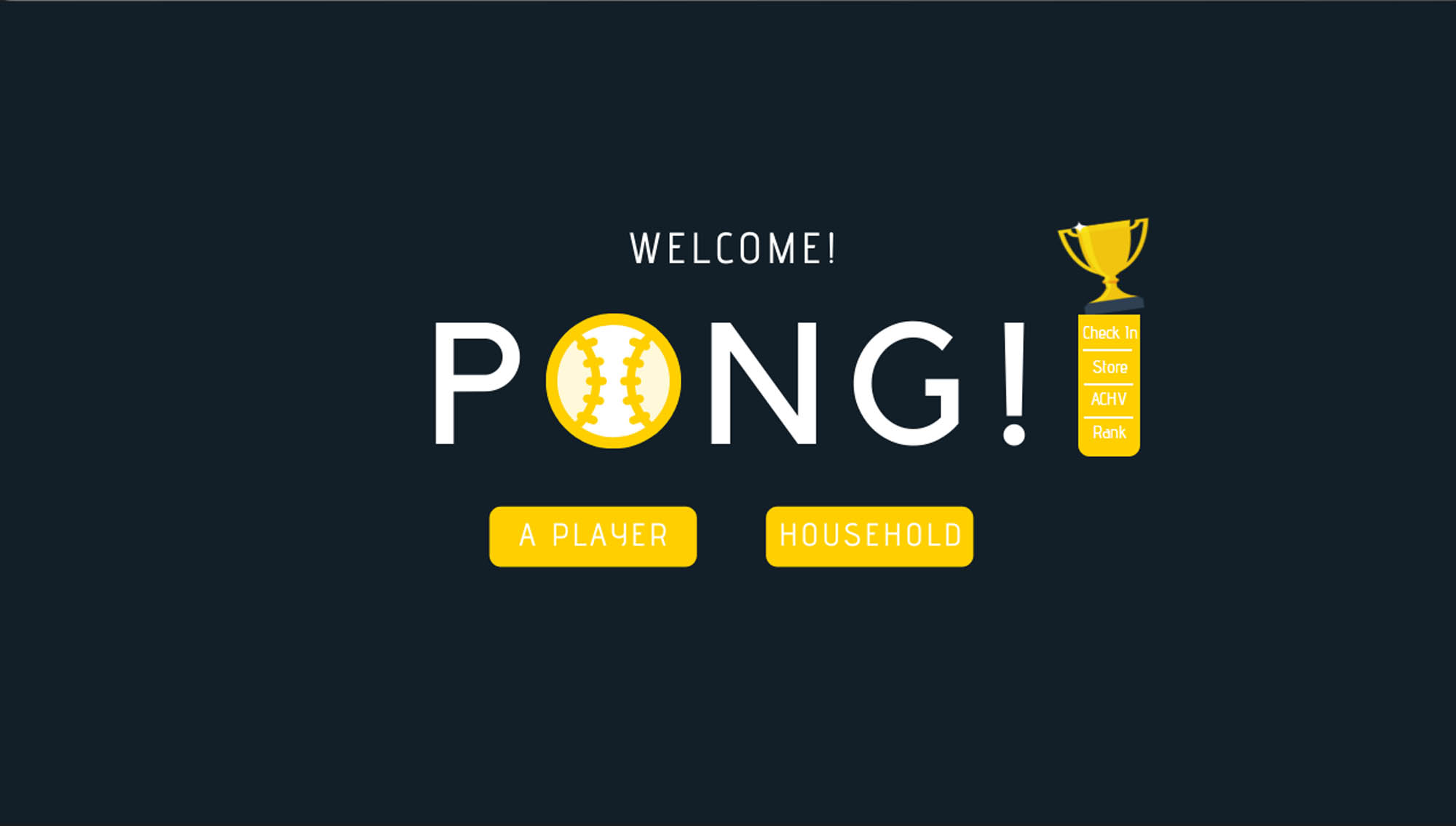
At first, we wanted to realize this menu by making multiple virtual buttons on an interface, but in the actual production, we found that multiple keys will greatly affect the sensitivity of the virtual buttons. It’s much worse than a single button. Because multiple keys can easily cause false touches, this makes it difficult for users to reach the submenu they want to enter.
Therefore, in the second edition, we let users enter the submenu with only one virtual key at one time. However, after a user test, they report that it is boring to operate with only one button in a single scene. Therefore, we decided to use multiple scenes for image recognition and build a collecting system. Users can discover the elements of the game by trying to approach multiple objects, which also makes the game more exploratory.
To be specific, during the game, when they scan the calendar, the checked sub-menu will pop up. When they press the virtual button, the check-in action will be performed, and then a check-in reward will pop up from a gift box.
However, when the user test is conducted again, the user feedback exploration method is a bit complicated and space safety needs to be considered when exploring. Therefore, we only retained three main aspects of the main interface: rank, start game, and collection. Only two items are reserved for exploration, and they can be viewed through the collection so that both exploration and safety can be considered.
Collection and Rank
The rank interface has always existed as an incentive for players to generate contivation motivation. At first, I scanned the cup to find this interface, but in order to let users find the information needed faster, I set it to only need to look at other players to display rankings and points. Since the rank system and the play game are not a scene, there will be no interference with normal games.
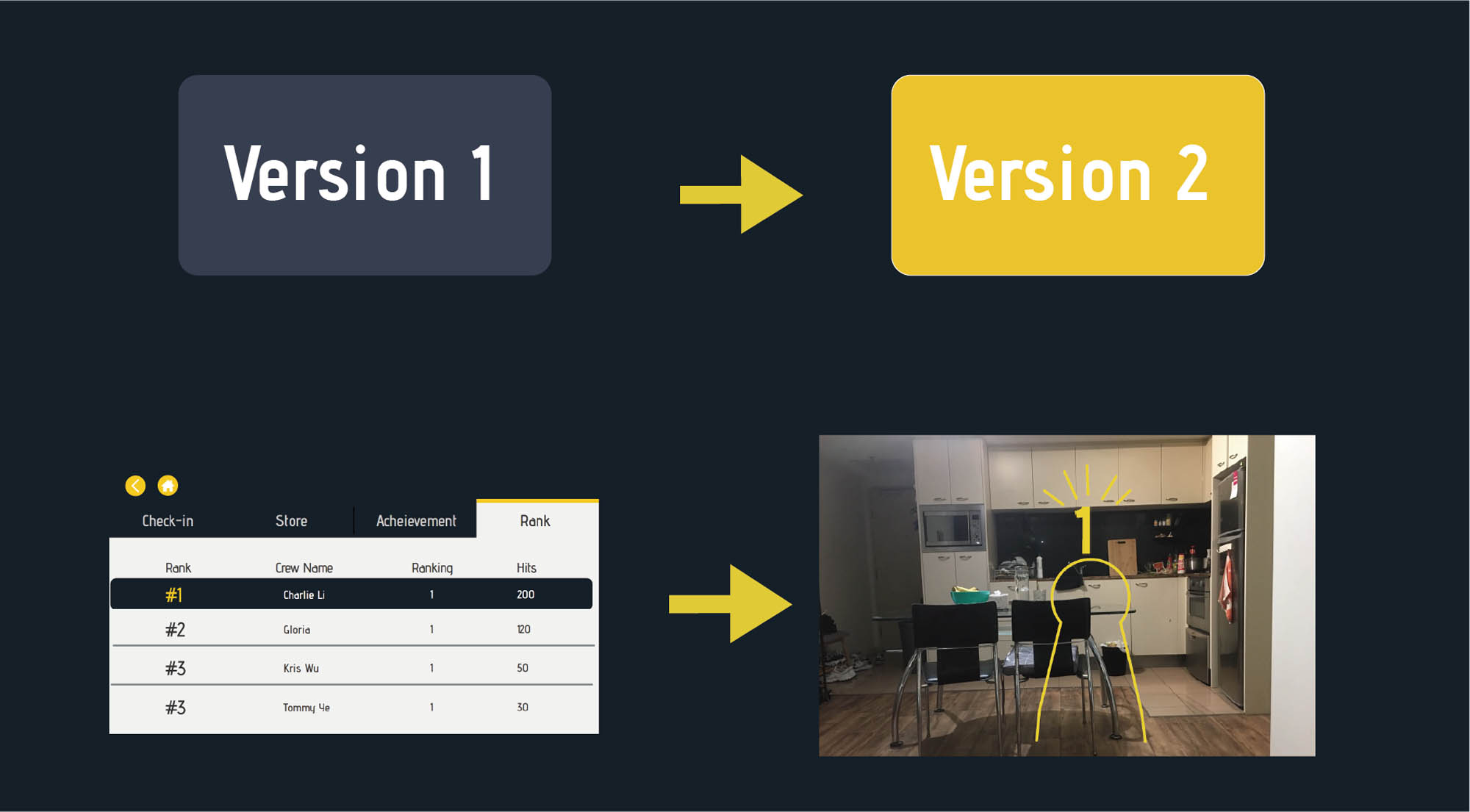
Collection
Because the content of the first version of the interface is too complicated, we integrated the store, achievements, and check-in systems to form a collection system. It is hidden in all daily necessities, and users need to explore these items. But because there are too many items, it puts a burden on the user's memory.
So I finally displayed all the patterns of all the items and provided access to them. In order to facilitate the operation of players, the content of the main interface is also separated from this system.
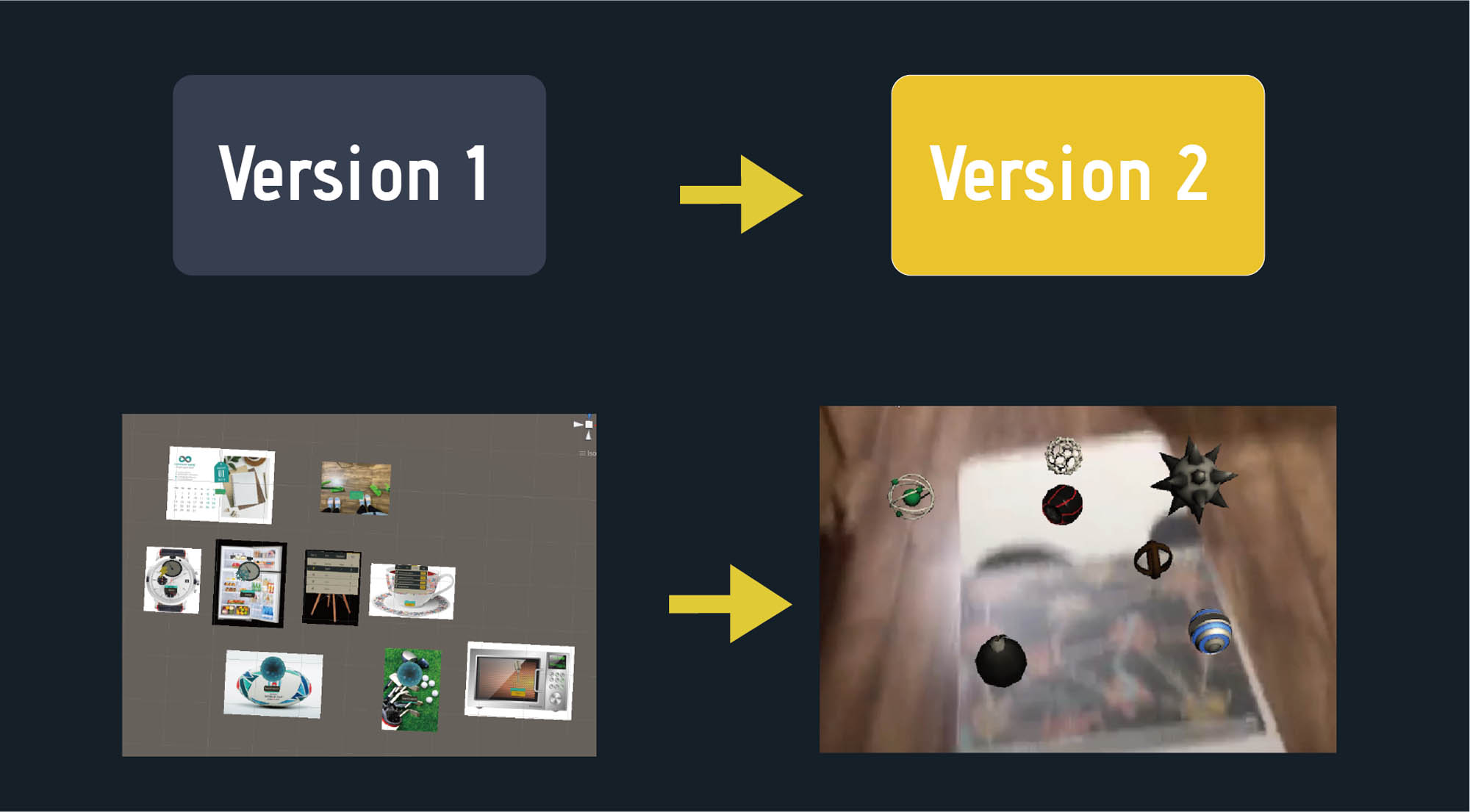
Game Mode
In the original version there was only pvp mode. Since the game may end too fast, it may affect the player's continuous motivation, so I have to take other methods to make up.
Therefore, I focus on how to provide people with better games experience in this kind of mentality. To achieve this, I set up the collection system and the PvE mode.
PvE mode pays more attention to cooperation, which is conducive to promoting communication between family members. Games with communication can be played more continuously, players encourage each other, and the motivation will be more sufficient.
The way the game begins and ends has changed. The start methond is changed from the initial pose to pressing the virtual button; the method of ending game is still by recognizing the action, but it changed from recognizing a single action to recognizing the movement of the mop.
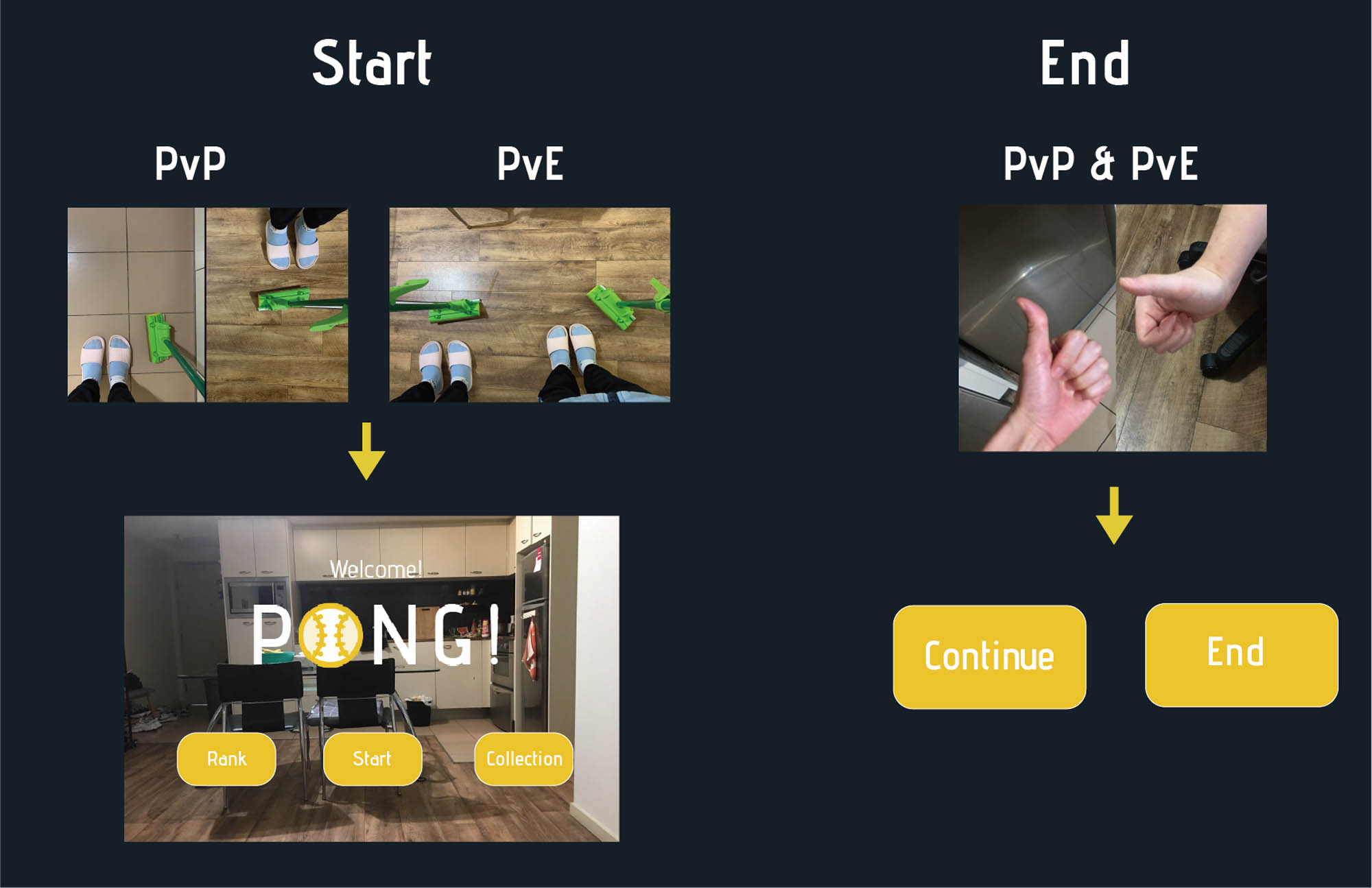
User Research
We have completed three user research. For the first time, it was about people's attitudes to household chores and their motivation. This research contains two probes, two interviews,and a questionnaire. In the second user study, we tested the first version of the AR prototype. My third user research is about the continuous motivation of users. This time the target is two single people. I let them record the time of daily housework in the form of a probe for two weeks.
The figure below is the interview and questionnaire in the first user research.

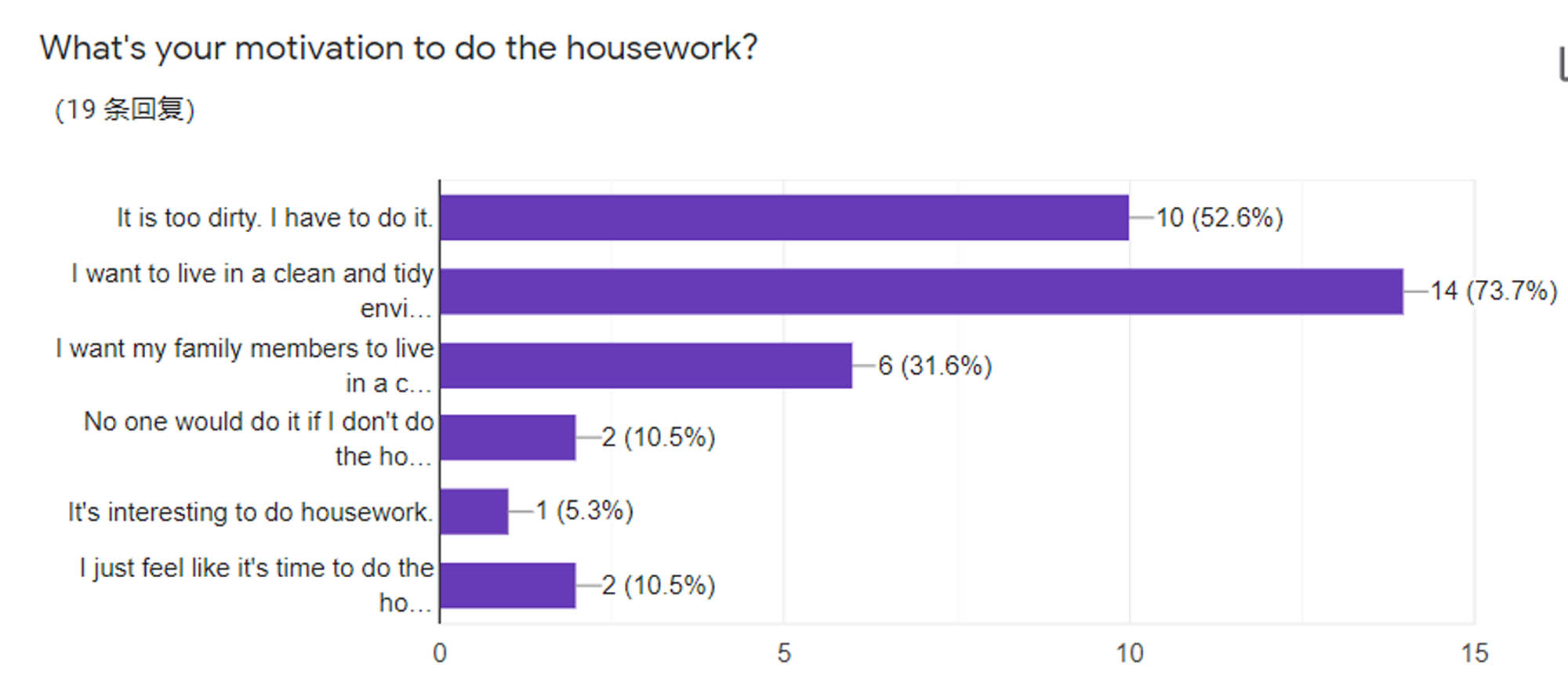
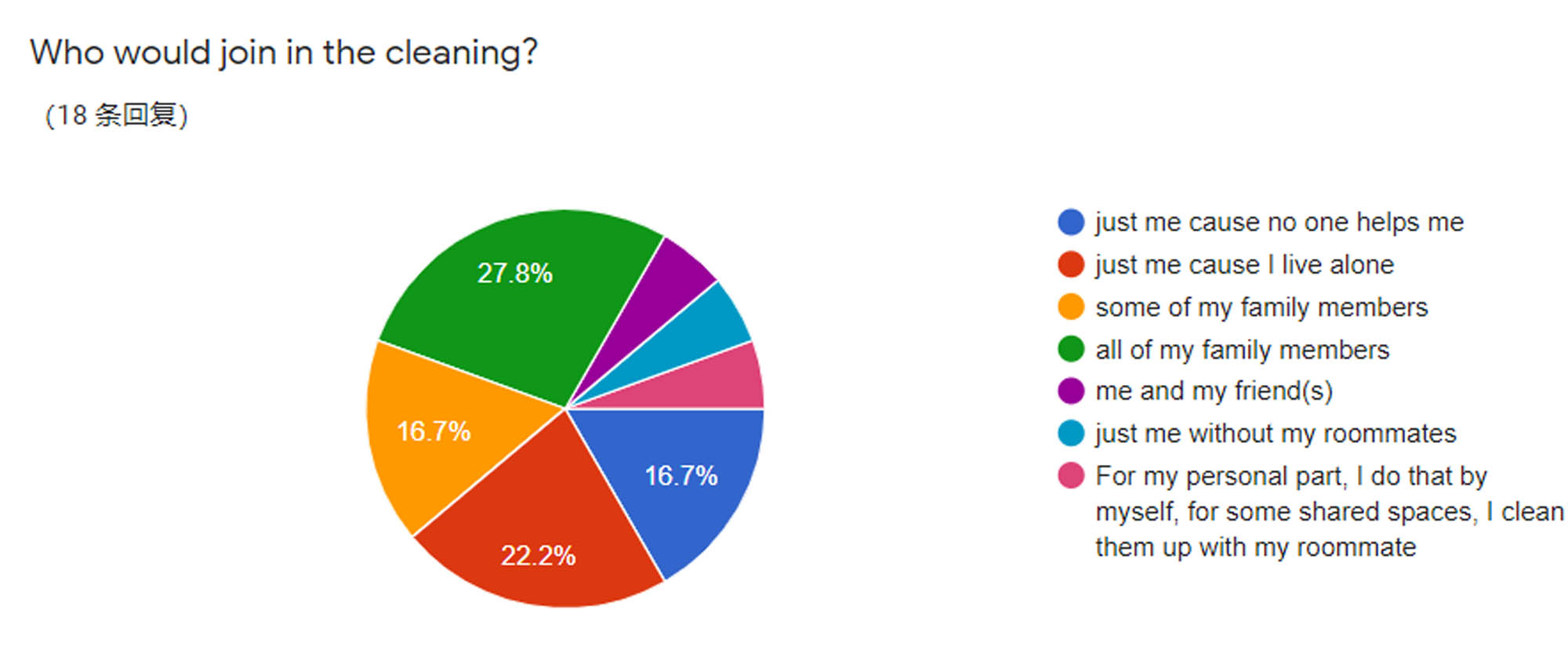
Feedback
Some classmates remind me that if I considered the safety of each space. In addition to the kitchen, other spaces may also have some valuable and fragile items. It's a challenge to explore the whole room with AR glasses.
In addition, the use method is a little complicated. Firstly, I plan to reduce the number of items that need to be explored and remove some objects that are easy to move or sharp.. Secondly, I list all the items that need to be explored in the collection, and players can find the corresponding acquisition methods by touching them.
Thirdly, I simplified the rank system, players no longer need to scan through the items to view the leaderboard, just scan the other player's face. By simplifying and integrating game elements, the product could be easier for users to learn.
Some students worry whether using games to do housework will affect the quality of housework. This is a very reasonable consideration. In our concept, our game should be helpful for housework. We let players use the mop to do housework, because in the game players need to shake the mop quickly to hit the ball, which will help clean the ground with more stains.
The method about addressing the overall studio theme
The main domain is designing for playful and open-ended interactions in everyday life. First of all, housework itself is a kind of thing that people do every day. Within this range we need to implement "playful" and "open-ended".
To achieve "playful", we designed pvp and pve modes, players can experience the happiness brought by competition and cooperation at the same time. In addition, the pve mode is to help little monsters take a shower and make dirty things clean. It is also a "playful" experience.
To achieve "open-ended", we make the game exploratory. In the collection system, players can discover hidden game props by exploring daily items. Also, all items that can be obtained are displayed in this system, which can give a moderate guide to the player's exploration process.
Statement of meeting the desired outcomes
The final result shows only a part of the whole concept. In order to complete this game, we have carried out many iterations, such as exploring and using Projector, Arduino, Vuforia and something else. Since the pvp mode requires four mobile phones, we have no way to achieve this. But we also spent a lot of energy in constructing the pve mode to satisfy the player's gaming experience from multiple angles. We have designed countdown and exit reminders to optimize the interactive experience; we have designed a variety of monsters to satisfy the player's gaming experience.
In addition, what I want to achieve most is to add the items in the collection system to the game .By doing so, the three main systems can be linked. We also don't know how to get real-time seceen of the game through AR glasses, which can only be simulated through the display.
Finally, the balance between exploratory and smoothness of the game is not well grasped. Although I have integrated some exploratory elements and provided a way to query the item acquisition method, the exploratory nature of the game is inevitably weakened. I need to guide players while giving them some degrees of freedom, but the non-communication of collection and other scene data has caused great difficulties in achieving this.
Measurement
To measure the project, I set some regarding criteria to test it.
1.Better housework
The player should complete the housework faster than usual. If the player completes the housework while playing the game 0.5 times more than usual, then the game fails.
2. Exploration of game items
Players explored more than 3 game props. The number of explored props proves that players are full of motivation for the game, and also prove that there is no problem with the availability of props.
3. Frequency of check-in
Players need to achieve a check-in frequency every two days. On the one hand, this shows that the rewards of check-in are attractive enough; on the other hand, it shows that players already have certain continuous motivation for housework.
4. Check rank multiple times
If players check the rank multiple times, it proves that they are enjoying the competitive nature of the game. This reflects their desire for victory, and it also shows that this game can bring them continuous motivation to do housework.
Links
First presentation: Demonstration of problem space
Second presentation: Demonstration of problem space
Other works
References
Image used: Fluffy Monsters, MyClipArtStore.com;retrieved from shutterstock.com (https://www.shutterstock.com/image-vector/fluffy-monsters-170353292)Last Accessed 9/6/2020
Image used: Cool vector flat design family portrait. Family members standing together holding large picture frame. Teenage girl, school age boy and small girl standing together. Happy family characters,Mascha Tace;retrieved from shutterstock.com (https://www.shutterstock.com/image-vector/cool-vector-flat-design-family-portrait-635110754)Last Accessed 9/6/2020
Image used: abstract black background. classy black website background. ,Apostrophe;retrieved from shutterstock.com (https://www.shutterstock.com/image-vector/cool-vector-flat-design-family-portrait-635110754)Last Accessed 9/6/2020
Images Used: Baseball icon,n.d.; retrieved from canva.com (https://www.canva.com/design/DAD7S0IpVUM/CZtgMuIYt_o9s3IYpOZMEA/edit#) Last Accessed 9/6/2020
Images Used: Trophy Cup Vector Flat Icon with star on cyan background, Succo Design; retrieved from shutterstock.com (https://www.shutterstock.com/image-vector/trophy-cup-vector-flat-icon-star-523316872) Last Accessed 9/6/2020
Images Used: Set Soccer or football shoes with spikes, Planning strategy concept, American Football ball and Sport football mechanical scoreboard and result display. Square glass panels. Vector, Sazhnieva Oksana; retrieved from shutterstock.com (https://www.shutterstock.com/zh/image-vector/set-soccer-football-shoes-spikes-planning-1644147886) Last Accessed 9/6/2020
Font Used: Advent Pro, Andreas Kalpakidis; retrieved from google.com (https://fonts.google.com/specimen/Advent+Pro?query=advent+pro)Last accessed 9/6/2020
Images Used: simple set of vector line icons, contain such lcon as speed, agile, boost, process, time and more, kornn; retrieved from shutterstock.com (https://www.shutterstock.com/image-vector/simple-set-vector-line-icons-contain-1198827487) Last Accessed 10/5/2020
Images Used: simple set of vector line icons, contain such lcon as speed, agile, boost, process, time and more, kornn; retrieved from shutterstock.com (https://www.shutterstock.com/zh/image-vector/simple-set-vector-line-icons-contain-1198827493) Last Accessed 10/5/2020
Images Used: Snowflake winter set vector illustration, LivDeco; retrieved from shutterstock.com (https://www.shutterstock.com/image-vector/snowflake-winter-set-vector-illustration-62228749) Last Accessed 10/5/2020
Images Used: Trophy Cup Vector Flat Icon with star on cyan background, Succo Design; retrieved from shutterstock.com (https://www.shutterstock.com/image-vector/trophy-cup-vector-flat-icon-star-523316872) Last Accessed 10/5/2020
Images Used: Desk calendar 2019, Desk calendar 2020, template vector, BoxMedia I; retrieved from shutterstock.com (https://www.shutterstock.com/image-vector/desk-calendar-2019-2020-template-vector-1126966034) Last Accessed 10/5/2020
Images Used: Flat lay, top view office table desk. Workspace with blank clip board, keyboard, office supplies, pencil, green leaf, and coffee cup on white background., kamon_saejueng; retrieved from shutterstock.com (https://www.shutterstock.com/image-photo/flat-lay-top-view-office-table-1038395059) Last Accessed 10/5/2020
Images Used: Patchwork armchair, chair, modern designer. Armchair isolated on white background. Series of furniture, k kibri_ho; retrieved from shutterstock.com (https://www.shutterstock.com/image-photo/patchwork-armchair-chair-modern-designer-isolated-585453341) Last Accessed 10/5/2020
Images Used: Vector cup. White ceramic cup with saucer. Cup of tea, Andriy Lipkan; retrieved from shutterstock.com (https://www.shutterstock.com/image-vector/vector-cup-white-ceramic-saucer-tea-628407320) Last Accessed 10/5/2020
Images Used: Golf ball and golf club in bag on green grass, Bohbeh; retrieved from shutterstock.com (https://www.shutterstock.com/image-photo/golf-ball-club-bag-on-green-300867482) Last Accessed 10/5/2020
Images Used: Vector white realistic golf ball template on tee - isolated. Design template in EPS10, gomolach; retrieved from shutterstock.com (https://www.shutterstock.com/image-vector/vector-white-realistic-golf-ball-template-630072227) Last Accessed 10/5/2020
Images Used: July 14, 2019 : Malaysia - Malacca. Close up of a Mini Official Replica Rugby Ball by Gilbert for the Rugby World Cup Japan 2019. Isolated on white background, promo product shot., Suhaimi Sulaiman; retrieved from shutterstock.com (https://www.shutterstock.com/image-photo/july-14-2019-malaysia-malacca-close-1481877701) Last Accessed 10/5/2020
Images Used: Set of classic and modern mens watches. Vector illustration of classic watches with different watch faces., Perfect Vectors; retrieved from shutterstock.com (https://www.shutterstock.com/image-vector/set-classic-modern-mens-watches-vector-786820897) Last Accessed 10/5/2020
Images Used: board microwave oven, Sergii Tverdokhlibov; retrieved from shutterstock.com (https://www.shutterstock.com/image-vector/board-microwave-oven-270600476) Last Accessed 10/5/2020
Model Used:Ball Pack,YounGen Tech; retrieved from assetstore.unity.com(https://assetstore.unity.com/packages/3d/props/ball-pack-446#description)Last Accessed 9/6/2020
Website used: DECO7180 portfolio, a reflection of the project,Yifan Wu

